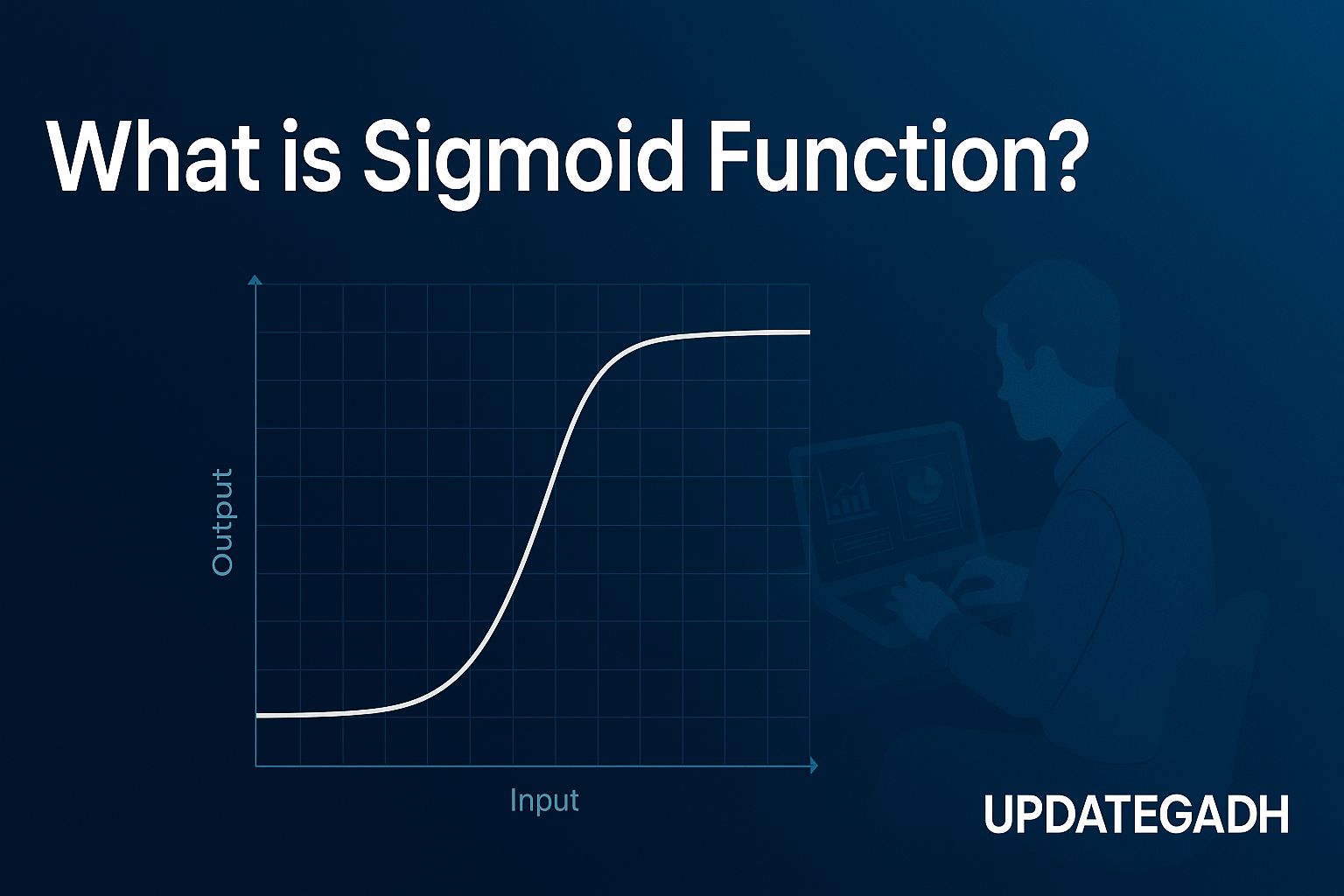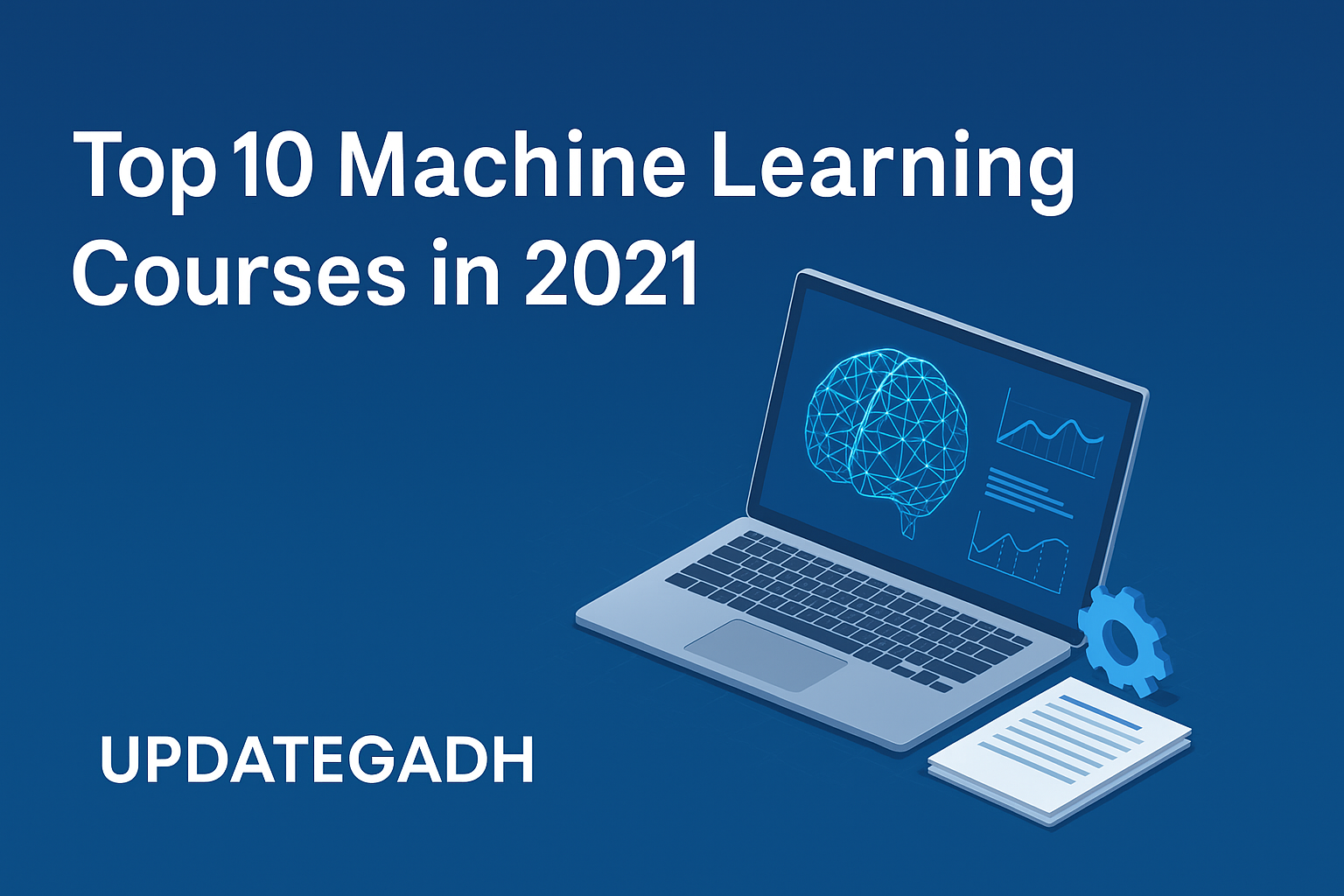
Model Selection In Survival Analysis
Model Selection
Introduction
A subfield of statistics known as “survival analysis” examines how long it will take for one or more certain events to occur, including a disease recurrence, machine failure, or death. Unlike traditional time-series or longitudinal methods, survival analysis accounts for censored data, where the outcome event hasn’t occurred for all individuals during the study period.
Two central concepts in survival analysis are:
- Survival Function (S(t)): The likelihood of living past time t.
- Hazard Function (λ(t)): Given survival till time t, the event’s instantaneous risk of happening at that time.
Among various statistical models, the Cox Proportional Hazards (PH) Model is the most widely used due to its flexibility and interpretability. Survival analysis is extensively applied in fields like medicine, engineering, finance, and public health, helping stakeholders predict event occurrence, assess risks, and improve decision-making even with incomplete data.
Complete Python Course with Advance topics:-Click Here
SQL Tutorial :-Click Here
Data Science Tutorial:-Click Here
Common Models in Survival Analysis
1. Cox Proportional Hazards Model (Cox PH)
A semi-parametric model in which the baseline hazard function does not need to be specified. It assumes that covariates multiplicatively affect the hazard and remain proportional over time.
Strength: Flexibility and broad applicability.
Limitation: Assumes proportional hazards, which may not always hold.
2. Kaplan-Meier Estimator
A non-parametric technique for estimating the survival function from data that has been censored.It produces a step-wise survival curve and is often used to compare survival between groups using statistical tests like the log-rank test.
3. Parametric Models
These models, which assume a certain distribution for survival times, include log-normal, Weibull, and exponential models.
Strength: More accurate predictions when the assumed distribution aligns with real data.
Use Case: Clinical trials, reliability testing.
4. Accelerated Failure Time (AFT) Models
Assuming that variables speed up or slow down time to event, they directly model the survival time. Strength: Ideal when the proportional hazards assumption is violated.
5. Frailty Models
These introduce random effects to account for unobserved heterogeneity or clustering.
Use Case: Recurrent events, hierarchical or grouped data.
Model Selection Criteria
Choosing the right model requires evaluating both performance and assumptions. Here are the primary criteria:
1. Goodness of Fit
Use statistical measures like:
- AIC (Akaike Information Criterion): Balances fit with complexity.
- BIC (Bayesian Information Criterion): Penalizes complexity more strongly.
Lower values of AIC/BIC indicate better models.
2. Proportional Hazards Assumption
Essential for Cox models. Can be assessed via:
- Schoenfeld residuals (graphical method)
- Log-rank test (statistical method)
If violated, consider AFT or stratified models.
3. Interpretability vs. Complexity
Simpler models may sacrifice some precision for easier interpretation—crucial for stakeholder communication and clinical insights.
4. Predictive Accuracy
- Harrell’s C-Index: Assesses how well the model can rank survival times.
- Time-dependent ROC Curves: Analyse the specificity and sensitivity with time.
5. Handling Censored Data
Ensure the model handles different types of censoring:
- Right-censored (most common)
- Left-censored
- Interval-censored
6. Validation Techniques
- Cross-validation (k-fold, leave-one-out)
- Bootstrap sampling
- External validation with independent datasets
7. Computational Efficiency
In large datasets, complex models may be resource-intensive. Choosing scalable algorithms ensures efficient and practical analysis.
8. Domain-Specific Utility
The final model must produce meaningful, contextually relevant, and actionable insights for the target domain—be it medical decisions, product lifecycle planning, or risk assessment.
Techniques for Model Selection
1. Stepwise Selection (Forward/Backward)
Selects variables based on statistical significance or AIC values.
- Forward Selection: Starts with no predictors and adds them.
- Backward Elimination: Starts with all predictors and removes the least significant.
2. Lasso and Ridge Regression
Used for high-dimensional data:
- Lasso: Shrinks some coefficients to zero (variable selection).
- Ridge: Shrinks coefficients but keeps all variables (handles multicollinearity).
3. Cross-Validation
Divides the dataset into training and testing subsets to prevent overfitting and estimate generalizability.
4. Bootstrap Methods
Repeated sampling with replacement helps estimate variability and validate model robustness, especially in small samples.
5. Likelihood Ratio Tests
Compares nested models. A significant result indicates a better fit for the more complex model.
6. Time-Dependent ROC Curves
Tracks model performance at different time intervals—helpful when event probability varies with time.
7. Harrell’s Concordance Index
Assesses how well a model orders individual risks. C-index values closer to 1 denote high predictive power.
Real-World Applications
🔬 Cancer Clinical Trials
Survival analysis is crucial in oncology to evaluate treatment effectiveness.
Example: Comparing chemotherapy vs. immunotherapy survival curves using Cox models and Kaplan-Meier estimators.
🛠️ Engineering Reliability
Parametric models (e.g., Weibull) are used to predict component failure and maintenance schedules.
Example: Estimating lifespan of airplane engine parts.
🧬 Public Health Research
Used to study the impact of exposures on disease onset.
Example: Analyzing how long it takes smokers vs. non-smokers to develop lung cancer.
💼 Finance and Economics
Applied to model default risk, time to bankruptcy, or employment duration.
Example: A bank predicting time until loan default using survival analysis.
Download New Real Time Projects :-Click here
Complete Advance AI topics:- CLICK HERE
Conclusion
Survival analysis is a versatile statistical approach that provides deep insights into time-to-event data. Selecting the appropriate model is critical—and depends not only on statistical metrics like AIC or C-index but also on interpretability, validity, computational efficiency, and domain relevance.
By aligning model selection with these practical and theoretical considerations, analysts and researchers can unlock powerful predictive insights—even when facing the complexity of censored data and uncertain timelines.
model selection in machine learning
model selection criteria in econometrics
model selection methods
model selection in machine learning geeksforgeeks
model selection in data mining
model selection and generalization in machine learning
model selection methods in regression
bayesian model selection
model selection in machine learning geeksforgeeks
types of model selection in machine learning
model selection in machine learning javatpoint
model selection in machine learning ppt
model selection in machine learning python
model selection in machine learning pdf
training model in machine learning
model learning in machine learning
random forest in machine learning
decision tree in machine learning










Post Comment